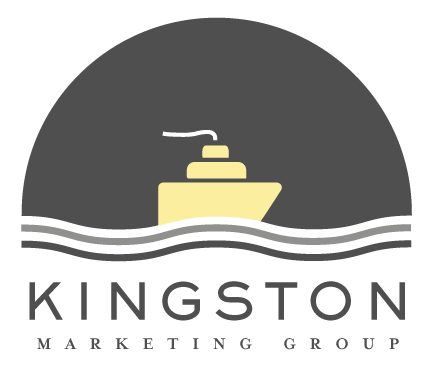For many companies, data is a more compelling way to tell stories.
By Alison Paoli, Director, Data PR and Employee Communications
What do these headlines have in common?
“These paint colors can boost your home's sale price by $5,000”
“The price of U.S. turkeys has nearly doubled in two years”
“Downtown Seattle dying? Not so fast. Demand for office space roars back to pre-pandemic level”
Every one of these stories ran in an online or print publication; included multiple mentions of the company that analyzed the data, and tied that company back to its mission and value proposition.
Data storytelling, when done right, can provide substantiation for anecdotal stories and theories. Reporters gravitate toward data because it provides a level of certainty for their readers and empowers them with concrete information to make better, more informed decisions.
Data storytelling is good for business. While it can help a company secure media coverage or create social media stories that prompt more engagement, it also carries a lot of weight when it comes to thought leadership. When a company can become the authoritative source on a subject — and they have a great spokesperson who can clearly communicate what their data means and why it matters — it can open a lot of doors. The company becomes sought after to comment on related stories, it creates a platform for speaking opportunities, and it helps build trust with customers. Finally, data, by way of an annual, quarterly, monthly, or one-off report helps earn coverage more frequently, ensuring the company stays relevant even when they do not have other news to report.
There are many categories of research, but when working in the world of data storytelling for a company, they usually fall into two categories: proprietary and survey. Proprietary research is often done with proprietary data — that is, data that is available only to the company doing the research. This could be data gathered on user behavior, or data collected on a SaaS company’s platform and then aggregated to capture trends. This type of research often includes external data, as well. Proprietary research often needs one or more data analysts or economists, and the research captures trends or widespread behaviors.
Survey data is popular and —as long as a company has access to an expert in collecting insights —can be a relatively inexpensive way to capture sentiment on a wide scale.
We often hear from prospective clients that say they have “a lot of data” and want to put out data reports. While that may be true, what is more important than a lot of data is the quality and relevancy of the data. This is where data scientists, economists, marketing and public relations professionals come in. Between the multiple disciplines, we are able to determine if there is good enough data available, and if the data will allow us to do some relevant storytelling.
Data storytelling is often a high-stakes game. There can be tremendous rewards but if you get it wrong, the downside can be significant. During my time at Zillow, in 2009 President Obama announced the Home Affordable Refinance Plan (HARP) as a way for homeowners who owed more than their home was worth to refinance to a lower interest rate, something you would not be able to do without the program. We had negative equity data and recently acquired additional data that, if added to our negative equity data, would let us figure out how many homeowners would qualify for the program. The idea of running the numbers and publishing them was bold given that the Obama administration itself hadn’t even publicly announced any estimates. But, if we could get it right, we’d be the first one who could quantify just how helpful the program could be to millions of Americans. We went for it and within days we were on the phone with the Wall Street Journal with the data. It was huge and it was everywhere. The data was the catalyst to building trusted long-term relationships with top reporters across the country.
But, what if we would’ve gotten it wrong? Reporters were in a frenzy to get the data published and while they and their editors were scrutinizing the data, what if we missed something in the calculations? What if the Obama administration later came out with wildly different numbers to disprove us? The end result could’ve been devastating. Aside from having our name plastered over the Corrections sections of every paper, journalist and consumer trust would’ve been impacted and it could’ve taken years to bounce back.
Making sure you have the right professionals in each of the disciplines is imperative. Great public relations professionals experienced in data PR are few and far between. They know the traps; deeply understand a mean Excel spreadsheet or Tableau workbook; know the questions to ask and holes to poke in the numbers; and because they think like an economist but are in the business of storytelling, they can take the most complicated concepts and boil them down to something digestible.

